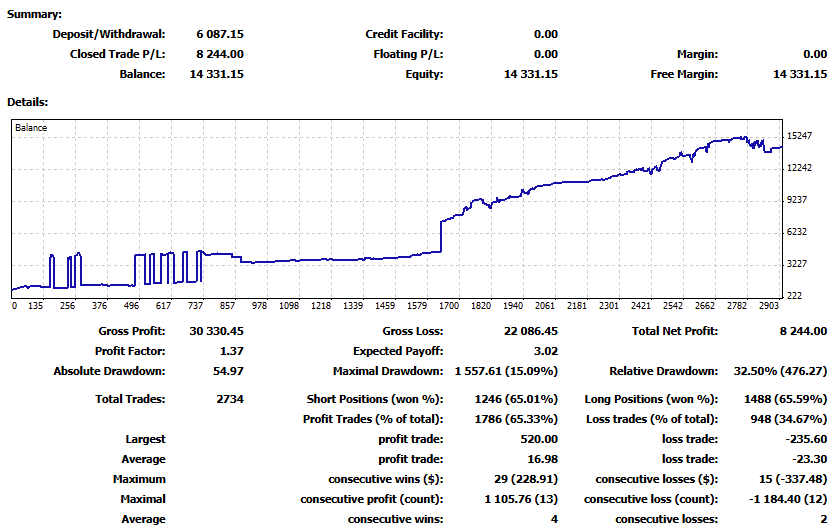
full image: https://blufx.net/wp-content/uploads/2025/04/2025-03-31-18_19_46-Shell-Handwriting-Canvas.png
source: https://www.bis.org/statistics/rpfx22.htm
Since 1986, the Bank for International Settlements (BIS) has published a survey every three years, detailing the size and structure of the global foreign exchange and over-the-counter (OTC) derivatives markets. This comprehensive report gathers data from more than 1,100 financial institutions across 52 jurisdictions worldwide.
Between 2001 and 2022, Singapore’s share of this market grew steadily from 6.08% to 9.44%, a significant increase of 55.3%. Similarly, Hong Kong’s market share rose from 4.01% to 7.05%, marking an impressive 75.8% growth. Both nations gained this ground largely by capturing market share from Japan.
What has driven Singapore and Hong Kong to secure such substantial portions of the global market? Beyond their governments’ efforts to establish them as leading financial hubs, their strategic time zone advantage plays a crucial role. The forex market operates 24 hours a day, spanning the Tokyo, London, and New York trading sessions. For Singapore and Hong Kong, business hours align conveniently with all three: mornings to late afternoons overlap with Tokyo, late afternoons to evenings cover London, and nights extend into New York’s session until midnight. This overlap explains why major firms like JP Morgan, Barclays, and Morgan Stanley are expanding their workforce in these locations—employees at the forex desks can operate more efficiently across multiple sessions.
So, how does this affect us? When either Singapore or Hong Kong observes a public holiday, a significant portion of global trading volume disappears. During these times, the market often moves sideways, making it challenging to generate profits. As a result, we tend to proceed with caution or pause operations entirely. We apply the same approach during holidays in New York and London.












